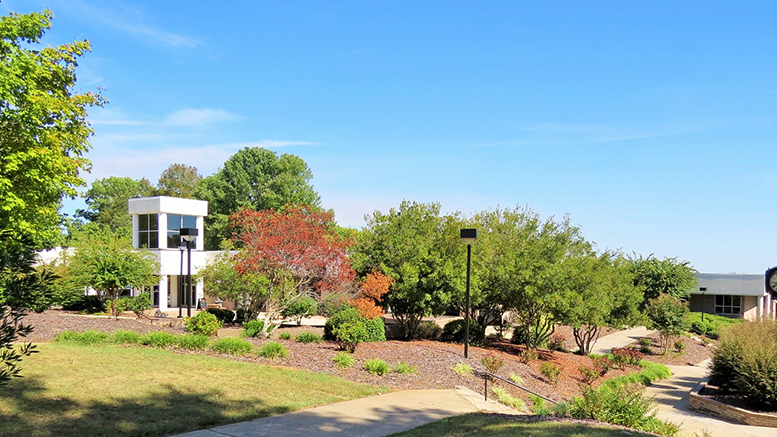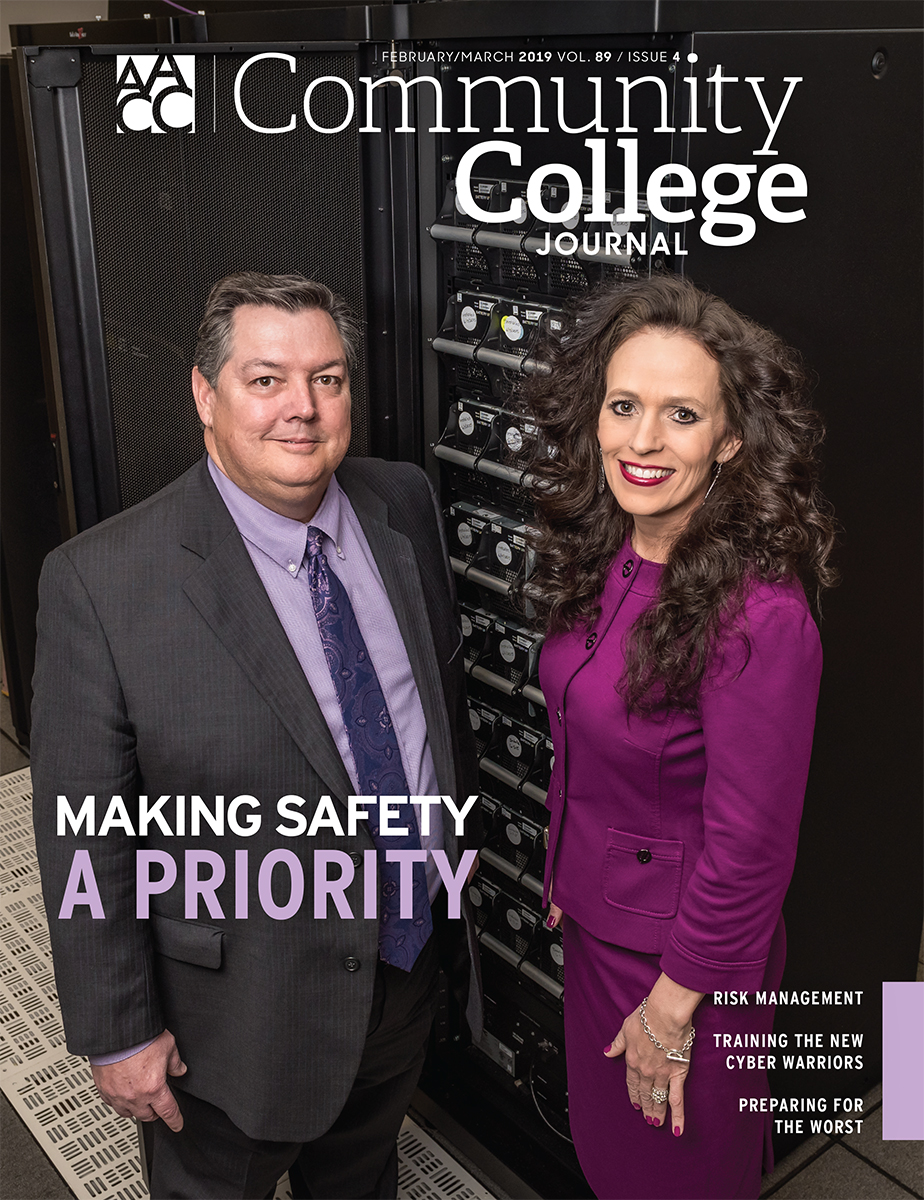The 2007 shooting at Virginia Tech seemed to awaken higher education institutions to the inherent dangers facing our campuses. More recently, community college campuses have seen many catastrophes.
In April 2015, Wayne Community College in North Carolina experienced a shooting. Later that year, Oregon’s Umpqua Community College experienced a tragedy none of us want to see.
In addition to shootings on campus, a number of our colleges face the threat of hurricanes and other natural disasters. Houston Community College experienced tremendous damage resulting from Hurricane Harvey. Florida Keys Community College still deals with the effects from Hurricane Irma.
However, it will not happen to us. Right?
Making the tough decisions
Stanly Community College (SCC) had not conducted any significant emergency drills before 2017, even though disastrous events are seemingly more prevalent than ever. The college has experienced two significant events that are classified as emergency-type events.
The first event occurred on October 24, 2017. A person posted a photo of guns and bullets to their Facebook page. In their post, the individual “checked in” at SCC’s main campus in Albemarle, North Carolina. The college’s marketing staff became aware of the post less than 20 minutes after the original post. The marketing staff immediately escalated the situation to the executive vice president (the president was finishing an appointment off campus).
The EVP immediately notified SCC’s director of security, who is a sworn law enforcement officer, and other key staff. The EVP, director of security, vice president for student success and the vice president of strategic planning and compliance immediately met to fully assess the perceived threat.
The EVP contacted the president, who met the staff within minutes. The staff quickly learned the individual was not a current student and had not taken classes at SCC. It was unknown, however, whether the individual was on campus.
A decision to evacuate campus was made given the facts available. Evacuate. Was it the right decision at the moment? Hindsight is virtually always correct, so was the right decision made?
Catch the session on crisis management on campus April 14 at the AACC annual convention in Orlando, Florida. Register today.
The decision has been reaffirmed by many groups who have reviewed the facts of the case. Law enforcement ultimately determined the decision to evacuate was the right decision given the undetermined location of the individual who had posted the image.
The college’s board of trustees agreed with the decision after reviewing critical facts of the situation. Faculty and staff, who were debriefed in a college-wide meeting, supported the decision to evacuate. The evacuation order ultimately seemed to be the best decision to uphold the safety of SCC’s students, faculty and staff.
Preparing for the worst
Fast forward almost one year, and SCC was facing an impending emergency of another nature. Like most of North Carolina, the college was affected by Hurricane Florence, which made landfall on Friday, September 14.
The president and the executive leadership team began closely watching the hurricane on Monday, September 10. Given that the college is approximately 200 miles from the coast of North Carolina, we are unaccustomed to dealing with hurricanes. However, early predictions regarding Hurricane Florence compared it to 1989’s Hurricane Hugo, which is considered one of the worst hurricanes ever to hit the Carolinas.
Given the seriousness of the forecast, SCC began making preparations for a Hugo-type hurricane to make landfall. Maintenance staff began securing facilities and ensuring that loose items outside of buildings were secured or brought inside. They also ensured drains were clear of debris.
As the executive leadership team continued to watch the forecasts, the loss of power became a real threat. With the loss of power would come the loss of our ability to communicate. Very few people still have traditional landlines — most use cell phones. For those who have traditional handset phones at home, many of them are VoIP devices, which use the Internet (and power) to operate.
As the hurricane continued to barrel toward the state, SCC decided to close the campus on Thursday, September 13 and Friday, September 14. The college did open with a skeleton business office crew on that Thursday to distribute financial aid checks to students so they could have much-needed cash if the worst did come. The decision to close on Thursday was made as a preventative measure so that students, faculty and staff would have time to take necessary precautions at their homes.
Once the decision was made to close, SCC made plans on how to communicate in the event of an extended power loss. How would the college push out notifications if the campus and employees did not have power?
SCC partners with a third-party marketing and communications agency, which is not locally based. On Wednesday, September 12, a meeting with the executive leadership team was held, with the third-party agency joining via teleconference. In the event power was lost, the communications firm had a canned message that would be pushed out to local media every 24 hours until they were contacted by the president or the executive vice president.
This contingency would have allowed for the message regarding college operations to be made, even in the event of a disaster.






